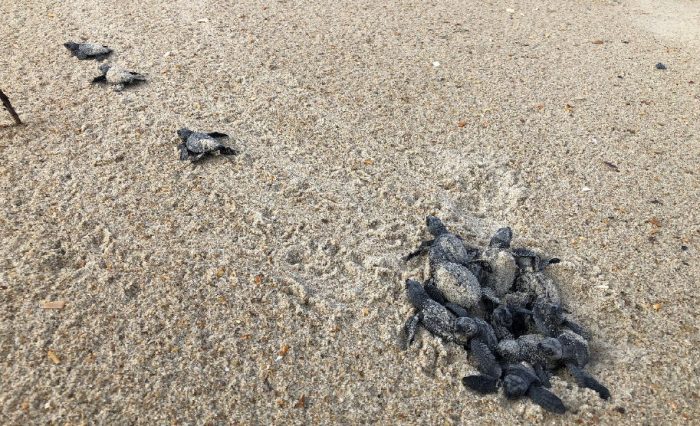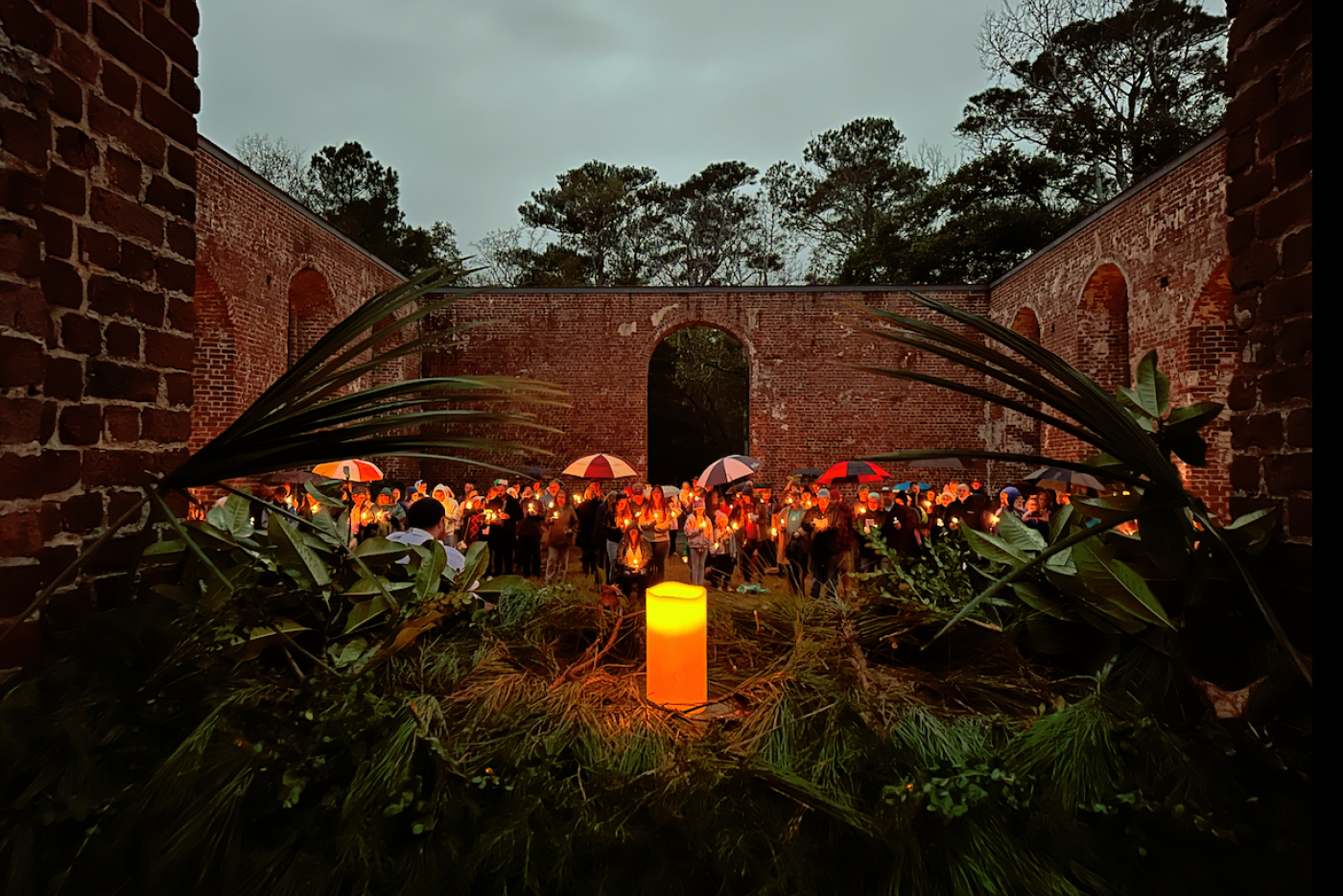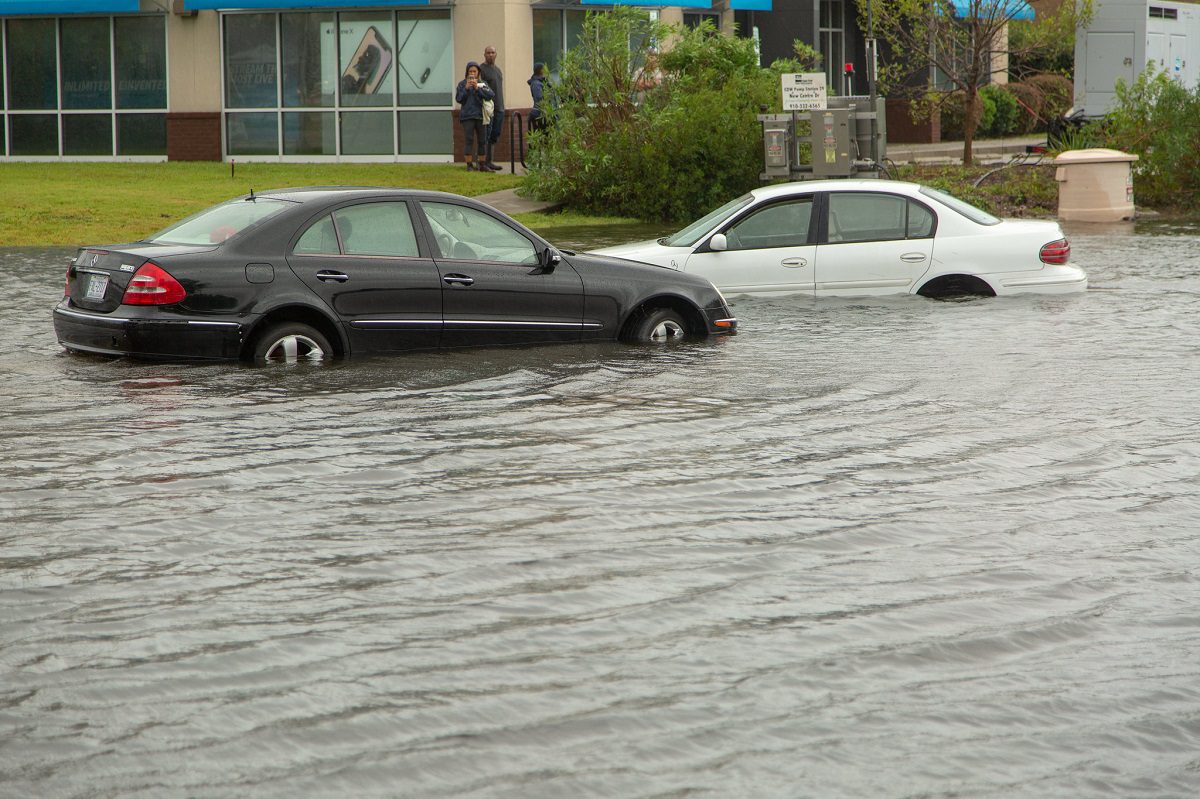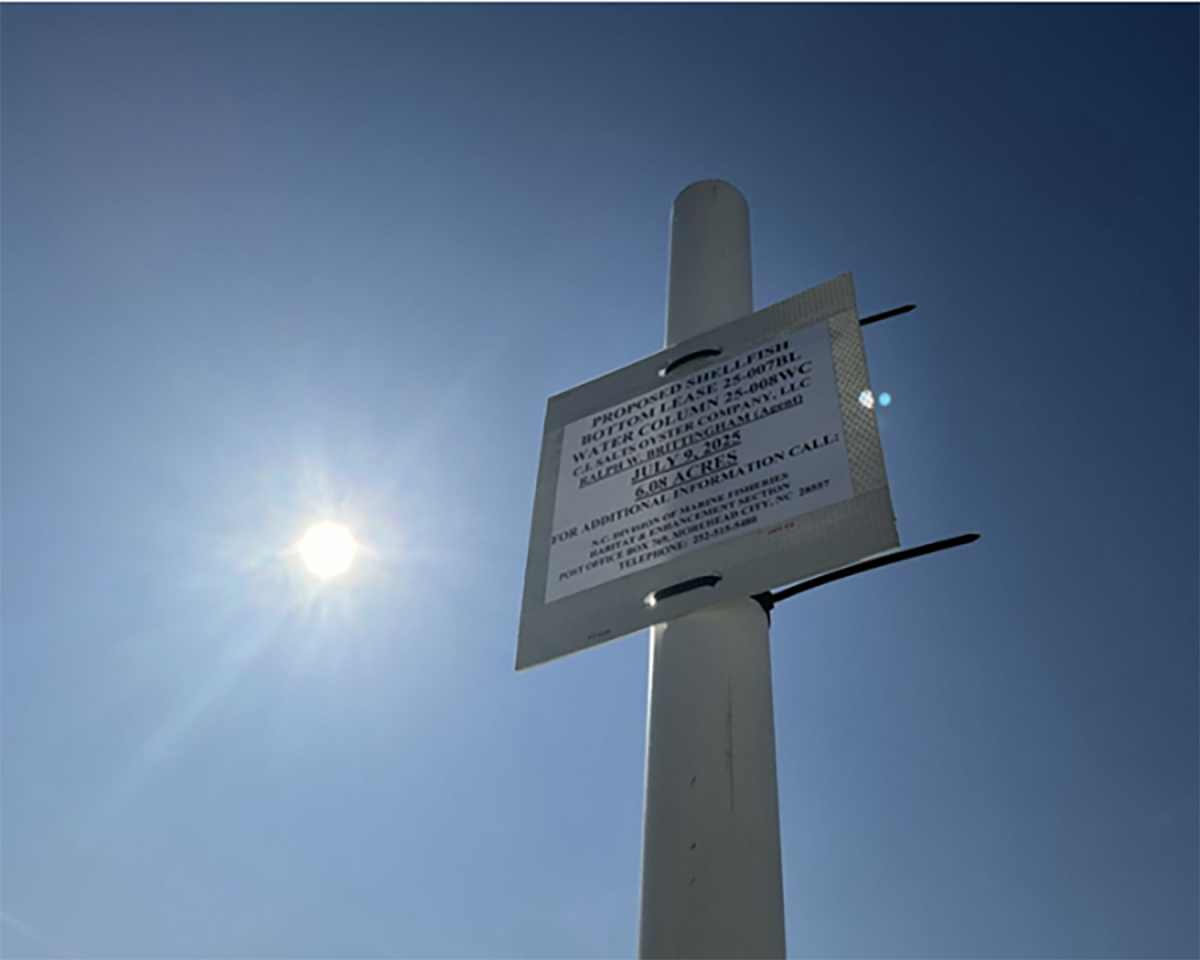
Reprinted from Island Free Press
With a total of 373 turtle nests recorded along the Cape Hatteras National Seashore as of the end of August, 2022 is a banner year for the sea turtle nesting season, with the second-highest number of nests reported since data collection began.
Supporter Spotlight
Sea turtle nests laid by loggerheads, green turtles, and leatherbacks have been monitored at the seashore since the 1970s. The Outer Banks serves as seasonal breeding grounds for endangered sea turtles, and the seashore has had several record-breaking years in the past decade when it comes to the annual number of recorded sea turtle nests.
In 2015, a nesting record of 289 nests was set, followed by a new record in 2016, when 325 sea turtle nests were recorded along the national seashore’s beaches.
In 2019, there were a total of 473 sea turtle nests recorded at the seashore, which blew the previous record of 325 out of the water.
2020 and 2021 were solid years for sea turtles as well, with a total of 228 nests recorded along the seashore beaches in 2020, and a total of 315 nests recorded in 2021.
However, with 373 nests reported to date, this has been one of the busiest seasons by far, second only to 2019.
Supporter Spotlight
The first sea turtle nest of the season was found on Ocracoke Island on May 20, and while the nesting season is winding down, nest hatchings are occurring on a regular basis, and visitors are advised to be aware of this activity throughout Hatteras and Ocracoke Islands.
Hatchlings are very sensitive to light as they emerge from their nests, and can become disoriented towards any light that mimics the moon or stars over the ocean. As such, visitors staying in oceanfront accommodations that are close to an established sea turtle nest are encouraged to turn off their outdoor lights and close their blinds or drapes after dark, so that the sea turtles don’t mistake a stray porch light for the ocean waters.
People on the beach after dark should also refrain from using flashlights or cellphones near sea turtle nests, as bright, artificial light can also send mixed signals to the newly emerged sea turtle hatchlings.
Beachgoers should also remove beach equipment, such as lounge chairs, umbrellas, tents, and other items from the beach when they leave. If left on the beach, these items can prevent nesting attempts, and can also be roadblocks for hatchlings who are trying to make a mad dash to the ocean.
Other tips to help protect sea turtles and hatchlings during the nesting season, per the N.C. Wildlife Resources Commission, include the following:
- Fill in all holes in the sand at the end of the day.
- Pick up all your trash when you leave.
- If fishing, properly dispose of any fishing line. Improperly discarded fishing line is often deadly to turtles, birds and other marine animals.
- Use your natural vision and moonlight when walking the beach at night.
Visitors who notice any sea turtle nesting activity are advised to call the Cape Hatteras National Seashore to report the sighting at 252-216-6892.
In the meantime, visitors can keep tabs on nesting activity at shorelines all around the world at http://www.seaturtle.org.
This story is provided courtesy of the Island Free Press, a digital newspaper covering Hatteras and Ocracoke islands. Coastal Review is partnering with the Free Press to provide readers with more environmental and lifestyle stories of interest along our coast.








